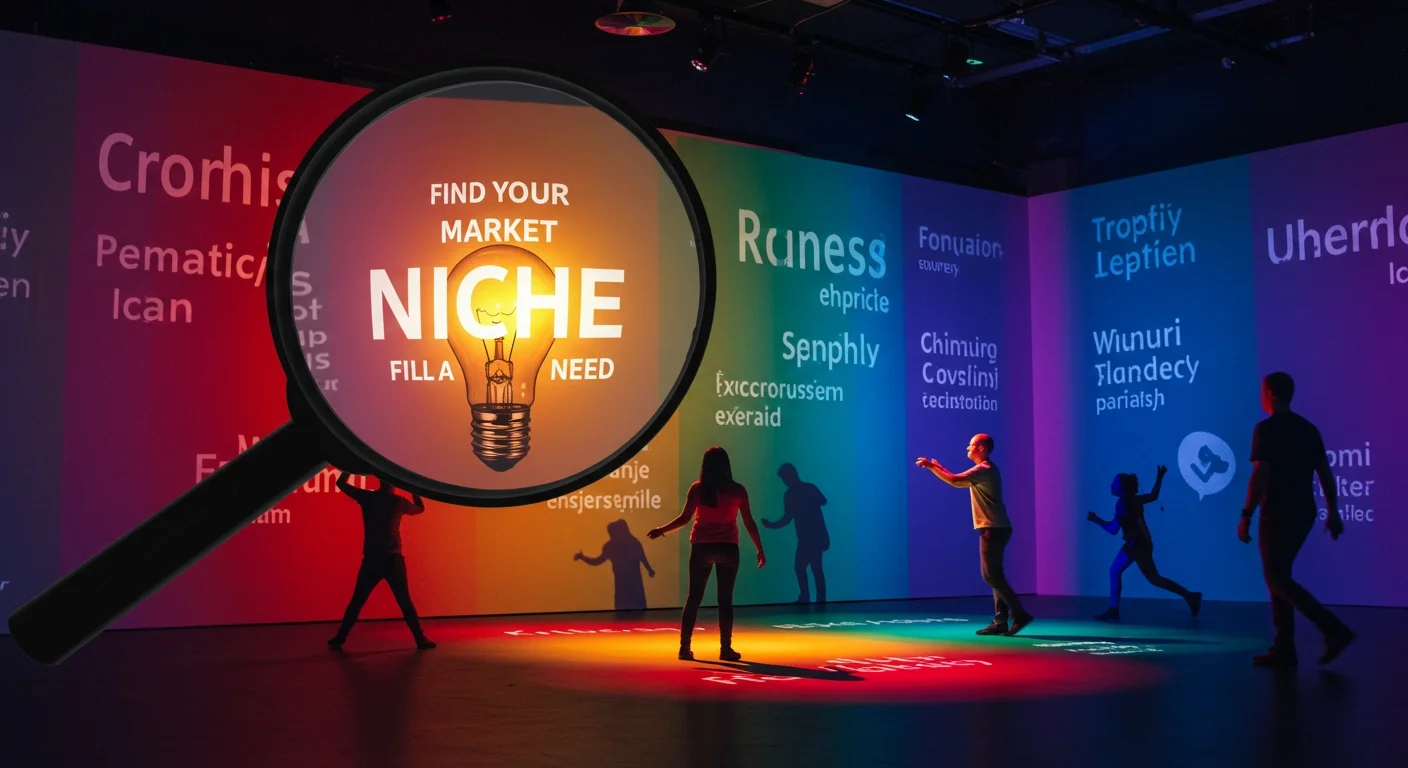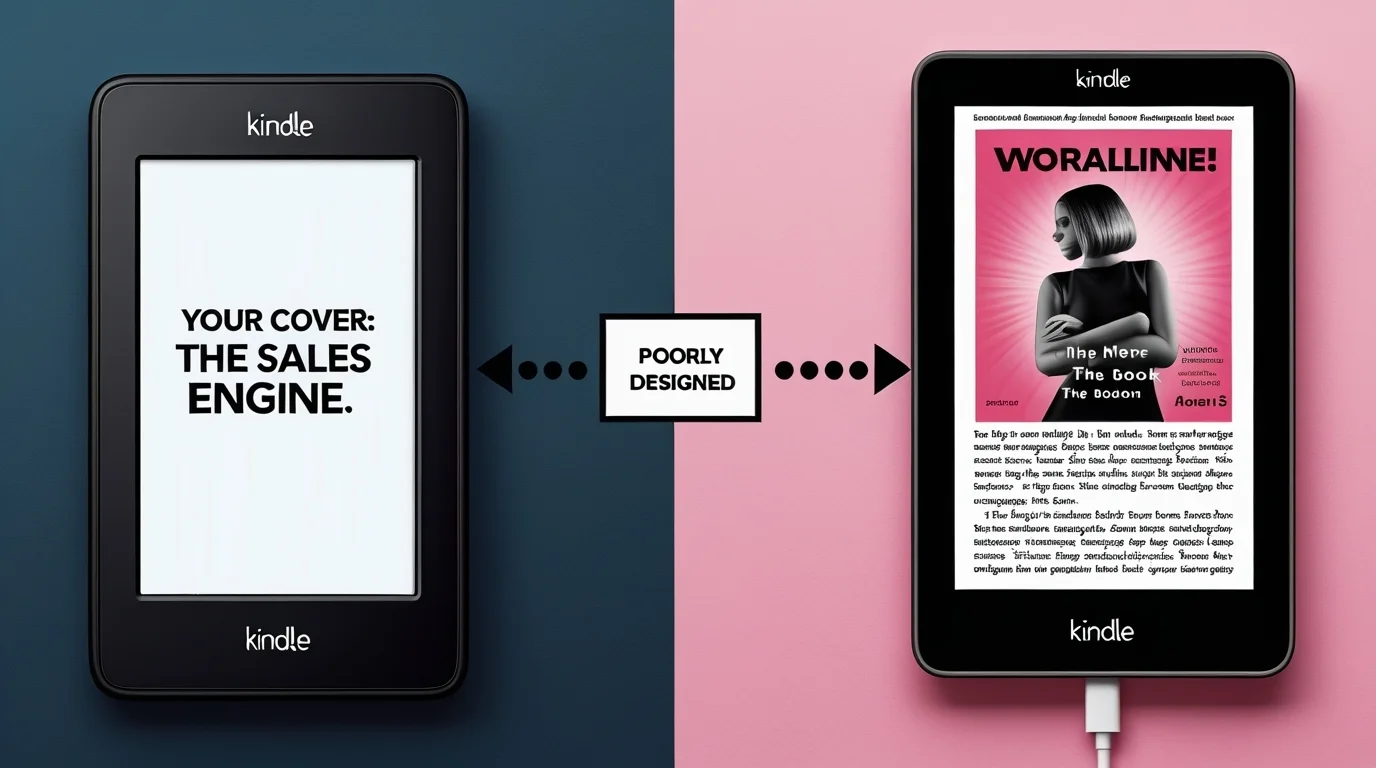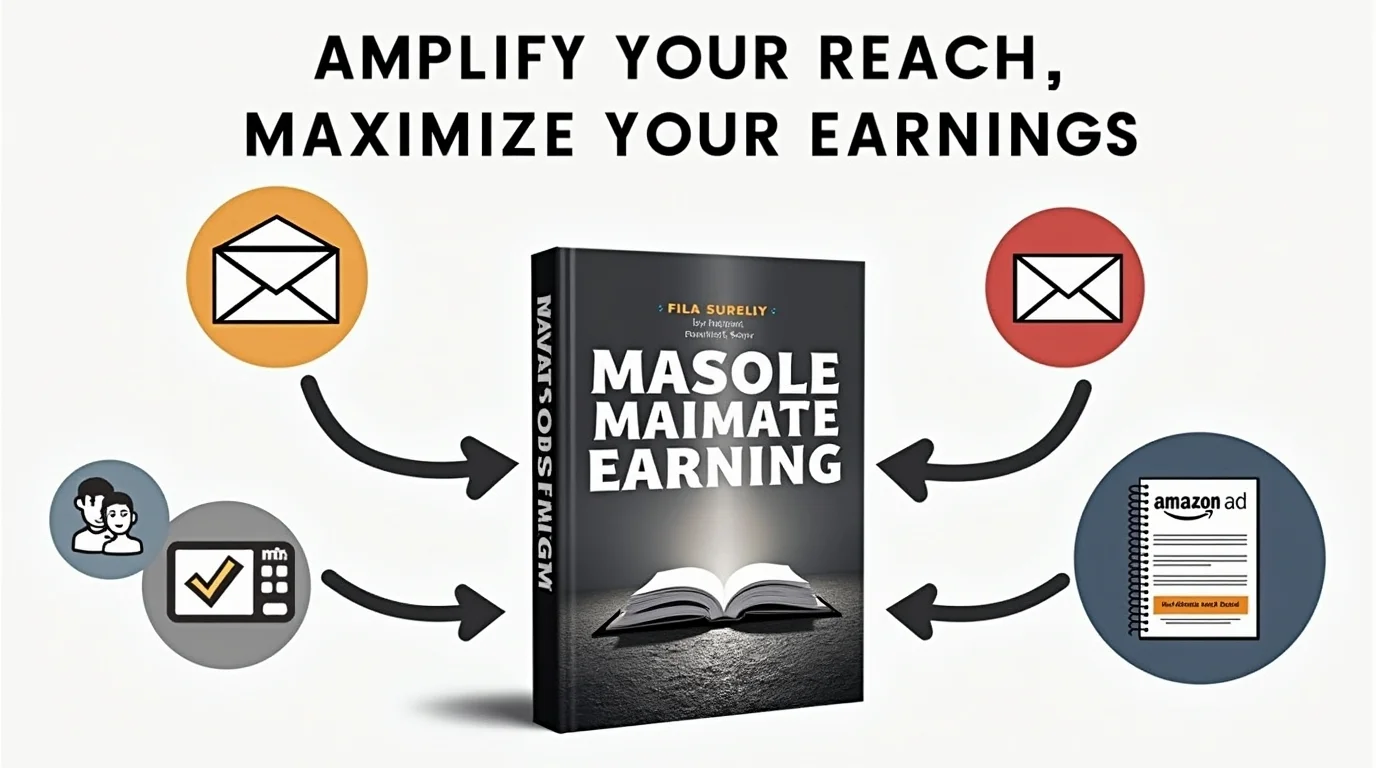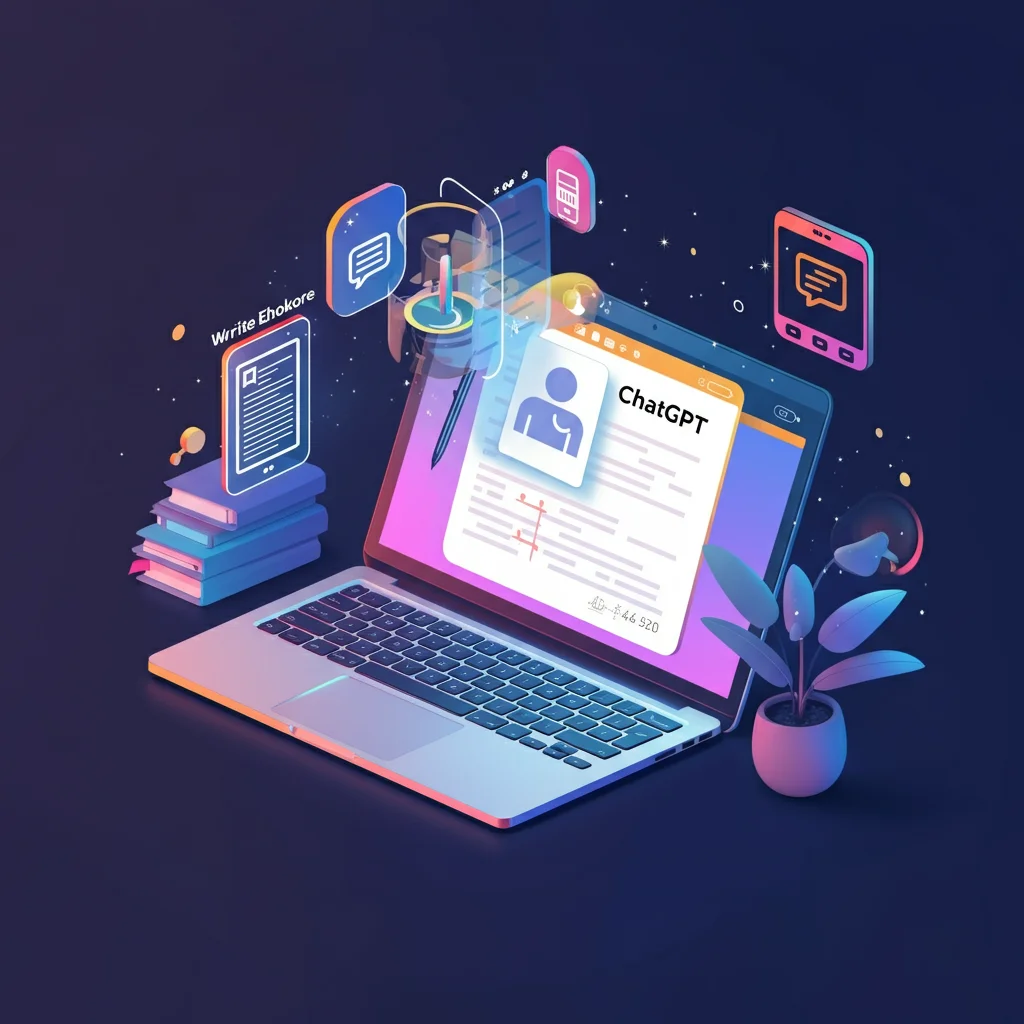Publishing eBooks on Amazon Kindle Direct Publishing (KDP) stands out as one of the most accessible and effective ways to build passive income online in 2025. However, the daunting task of composing an entire book—from concept to final draft—is often the biggest hurdle that stops most aspiring authors.
Thanks to the revolutionary advancements in AI tools like ChatGPT, you can now plan, write, edit, and publish high-quality eBooks significantly faster than ever before. This holds true even if you don't consider yourself a professional writer, have limited time, or are entirely new to content creation.
In this detailed, step-by-step guide, you’ll learn precisely how to leverage ChatGPT as your powerful AI writing partner to create compelling digital products and successfully launch them on Amazon KDP, transforming your ideas into a consistent online income stream.
1. Why Use ChatGPT to Write eBooks? Unleash Your Inner Author
ChatGPT is not just a chatbot; it's an incredibly versatile AI tool that can serve as your dedicated writing partner throughout the entire eBook publishing process. It fundamentally changes the game by offering substantial advantages:
Overcome Writer's Block & Generate Outlines: Instead of staring at a blank page, ChatGPT can instantly generate comprehensive outlines, detailed chapter titles, and even intricate sub-points based on your chosen topic. This provides a clear roadmap for your book.
Rapid Draft Generation: With the right prompts, ChatGPT can produce full-length drafts for chapters or sections, giving you a strong foundation to build upon. This saves you weeks, or even months, of initial writing time.
Content Expansion & Rewriting: If you have existing notes, bullet points, or even partial drafts, ChatGPT can expertly expand upon them, adding depth and detail. It can also rewrite passages in different tones or styles to match your vision.
Grammar, Tone, and Structure Enhancement: ChatGPT excels at refining language. It can help with grammar corrections, ensuring a consistent tone, restructuring awkward sentences, and improving overall readability, making your content more professional.
Keyword Research & Book Descriptions: Leverage ChatGPT to brainstorm highly relevant keywords for your book's discoverability on Amazon. It can also craft compelling, SEO-friendly book descriptions that entice readers to click "Buy."
Brainstorming & Idea Generation: Use it to develop plot ideas for fiction, generate real-world examples, create analogies, or even brainstorm potential titles and subtitles that resonate with your target audience.
By offloading the initial drafting and structural work to ChatGPT, you free up your mental energy to focus on the higher-level creative and strategic aspects of your eBook, transforming the daunting task into a manageable online project.
2. What Is Amazon's KDP? Your Global Publishing Platform
Amazon KDP (Kindle Direct Publishing) is Amazon's groundbreaking self-publishing platform, democratizing the world of books. It empowers authors (now including those leveraging AI tools like ChatGPT) to publish their eBooks and even print paperbacks directly to Amazon's vast global audience.
Key benefits of using Amazon KDP for your passive income journey:
Reach Millions of Readers: Your book becomes available to Amazon's enormous customer base worldwide, giving you unparalleled global distribution.
High Royalty Rates: Earn up to 70% royalties on eBooks priced between $2.99 and $9.99 in major territories like the US, UK, Canada, and Australia. This generous split makes it an attractive online income stream.
Full Control: You retain all rights to your work, set your own pricing, and can update your book's content or cover design anytime.
No Upfront Costs: Unlike traditional publishing, there are zero upfront fees to publish with KDP. You only need a finished manuscript and a captivating cover. Amazon prints paperbacks on demand, so there's no inventory risk.
Quick Publishing Process: Once submitted, Amazon typically reviews and publishes your book within 72 hours, meaning your digital product can start generating passive income almost immediately.
3. Choose a Profitable eBook Niche: Demand-Driven Success

Before you start writing, the single most critical step is to identify a profitable eBook niche—a specific topic or genre with proven demand and sufficient audience interest. Writing a great book that nobody wants to read won't build passive income.
Strategies for effective niche research:
Amazon Best Sellers: Browse the "Best Sellers" lists on Amazon in various categories. Look for subcategories where multiple books are selling well, indicating sustained interest. Pay attention to "Also Bought" sections.
Publisher Rocket: This is a powerful, paid keyword research tool specifically designed for KDP authors (Publisher Rocket). It helps you find profitable keywords, analyze competitor sales, and identify popular categories.
Leverage ChatGPT for Niche Brainstorming:
Prompt 1: "List 10 non-fiction eBook niches that sell well on Amazon in 2025, focusing on topics with high demand and recurring problems that readers seek solutions for. For each niche, suggest a potential sub-niche."
Prompt 2: "Act as a keyword research expert. For the niche 'Personal Finance for Millennials,' suggest 20 long-tail keywords that Amazon KDP readers might use when searching for an eBook."
Popular and evergreen niches with strong KDP sales in 2025 often include
Personal Finance: Budgeting, investing for beginners, debt management, early retirement, and financial literacy.
Freelancing and Online Business: Guides on starting a side hustle, online income strategies, social media marketing, and building a digital products business.
Productivity and Mindset: Time management, habit formation, mindfulness, goal setting, and overcoming procrastination.
Relationships and Self-Help: Dating advice, communication skills, building confidence, anxiety management, and personal growth.
Tech Tutorials or Guides: Step-by-step instructions for popular software, coding for beginners, and AI tool usage guides.
Niche Fiction: Specific subgenres like cozy mysteries, clean romance, sci-fi short story collections, or young adult fantasy. The more niche, the better for targeting.
By selecting a well-researched niche, you significantly increase your chances of discoverability and sales, laying a solid foundation for your passive income stream.
4. Use ChatGPT to Create an Outline: Your Book's Blueprint
Once you have your niche, the next step is to create a robust outline. This blueprint will guide your writing process and ensure your book flows logically. ChatGPT is an exceptional tool for this:
Start with a foundational prompt:
"Act as a professional nonfiction writer and expert book outline generator. I need a detailed, comprehensive outline for an **eBook** about '[Your Chosen Niche/Topic, e.g., 'Mastering Remote Work for Freelancers in 2025']'.
The outline should include:
- A compelling title and subtitle.
- A concise introduction that sets the stage and explains the book's purpose.
- Exactly 10 chapters, each with a clear, benefit-driven title.
- For each chapter, include 3-5 specific sub-points that will be covered.
- A strong conclusion that summarizes key takeaways and includes a call to action.
Ensure the outline is logical, addresses common pain points in the niche, and positions the reader for success."
Iterate and Refine: ChatGPT will generate an initial structure. Don't settle for the first draft. Guide the AI tool to refine it:
"Expand on Chapter 3: '[Chapter Title]' with more specific topics relevant to '[sub-niche].'"
"Suggest a new title and subtitle that are more intriguing and SEO-friendly."
"Ensure the outline addresses [specific problem] and offers [specific solution]."
"Reorder the chapters to improve the narrative flow for a beginner audience."
This iterative process ensures the outline truly reflects your unique voice, angle, and the specific goals you have for your readers, making your AI-generated content truly yours.
5. Generate Chapter Content: Your AI Writing Partner in Action
With your detailed outline in hand, you can now begin generating the core content of your eBook chapter by chapter. Remember, ChatGPT is your AI writing partner—it's there to assist, not to completely replace your unique input.
Effective prompting strategies for content generation:
Chapter-by-Chapter Focus: Break down the task. Don't ask for the entire book at once. Request content for one chapter or even one sub-section at a time. This keeps the AI-generated content focused and prevents generic fluff.
Prompt Example: "Write Chapter 1: '[Chapter Title]' from the outline above. Focus on explaining 'key concept' clearly. Use a friendly, encouraging tone. Aim for approximately 1,500 words. Integrate real-world examples and clear action steps where appropriate."
Specific Instructions: Be highly specific about tone, target audience, length, and what elements to include (e.g., "Add a compelling anecdote," "Include a bulleted list of 5 actionable tips," "Summarize key points at the end of each chapter").
Iterative Refinement:
"Rewrite this passage to be more concise/engaging/authoritative."
"Expand on this bullet point, converting it into a full paragraph with supporting details."
"Generate a short case study or an analogy that illustrates [specific concept]."
"Provide 3 different ways to explain [complex idea] in simpler terms."
Persona Adoption: Ask ChatGPT to write as a specific persona (e.g., "Act as a financial advisor explaining budgeting," "Write as a seasoned productivity coach").
💡 Pro Tip: While ChatGPT can generate long drafts, it's often more effective to generate smaller, focused sections and then stitch them together during your editing phase. This gives you more control and ensures originality. Focus on getting a solid first draft quickly, then iterate.
6. Edit and Refine Your Book: Human Touch is Non-Negotiable
This is arguably the most crucial step. While ChatGPT is an incredible AI writing partner, it cannot replicate human nuance, personal experiences, or deep factual accuracy. Human editing is absolutely essential to transform AI-generated content into a high-quality, authentic, and truly valuable eBook.
Here’s your comprehensive editing checklist:
Read for Flow and Cohesion: Does the book's narrative progress logically? Do chapters transition smoothly? Are there any repetitive sections that need streamlining?
Enhance Readability:
Use tools like Grammarly (free and premium versions) for advanced grammar, spelling, and punctuation checks.
Employ Hemingway Editor to identify overly complex sentences, passive voice, and suggest simpler alternatives for clarity.
Read aloud: This is surprisingly effective for spotting awkward phrasing, unnatural sentences, and areas where the tone feels off.
Fact-Check EVERYTHING: If your book contains technical data, statistics, historical facts, legal advice, or medical information, you MUST fact-check every single detail. ChatGPT can hallucinate or provide outdated information. Your reputation and the value of your digital product depend on accuracy.
Inject Your Personal Voice & Authenticity: This is where you make the book yours.
Add personal insights, anecdotes, and stories that resonate with your target audience.
Share your unique perspectives, failures, and successes.
Ensure the tone aligns with your brand and personality. This human element is what truly differentiates your eBook from purely AI-generated content.
Deep Dive into Content Value: Does each section deliver on the promise of your outline? Is the information genuinely helpful, actionable, and unique? Are there any gaps?
Proofread Meticulously: After all other edits, do a final proofread (or hire a professional proofreader from platforms like Fiverr or Upwork) to catch any lingering typos, grammatical errors, or formatting inconsistencies.
Remember, the goal is to leverage ChatGPT for efficiency, but your human touch elevates the book from being merely functional to truly exceptional, ensuring it contributes to your passive income positively.
7. Format Your eBook for Amazon KDP: Polish for Professionalism

Proper formatting is essential for a professional look and optimal reader experience on Amazon KDP. Incorrect formatting can lead to rejection or a poor reading experience, impacting your reviews and sales.
Key Structural Elements for Your eBook:
Title Page: Book title, subtitle, and author name.
Copyright Page: Essential legal information.
Table of Contents (TOC): Crucial for navigation. Ensure it's clickable and links to the correct chapters.
Chapters: Each chapter should start on a new page, with clear headings.
About the Author: A brief bio, perhaps with a professional photo.
Call to Action (CTA): Encourage readers to leave a review, visit your website, sign up for your newsletter, or explore your other digital products.
Recommended Formatting Tools (Free & Paid):
Reedsy Book Editor: A fantastic free online writing tool that provides a clean, intuitive interface for writing and formatting. It exports perfectly to
.epub(Amazon's preferred eBook format) and..docx.Atticus.io: An all-in-one writing and formatting software that integrates seamlessly for both Kindle eBooks and print books. It's a paid tool but offers powerful features for aspiring authors serious about eBook publishing.
Microsoft Word (.docx): If you're comfortable with Word, you can format your manuscript directly. Just be sure to follow KDP’s free formatting guidelines meticulously (KDP Formatting Guide). Pay attention to styles (headings and normal), page breaks, and image insertion.
Google Docs: Similar to Word, ensure clean styles are used. Export as a
.docxfile for KDP.
Formatting Best Practices:
Consistent Font & Size: Choose a readable font for the body text (e.g., 12pt Garamond or Times New Roman).
Clean Paragraphs: Use indents or clear line breaks, but not both.
No Excessive Spaces: Avoid multiple blank lines.
Images: Ensure images are high-resolution but optimized for file size. Use appropriate placements.
Hyperlinks: Make sure any external links (to your website, resources) are clickable.
8. Create a Cover That Sells: Your Book's First Impression

Your eBook cover is the single most important marketing tool for your book. It's the first thing potential readers see, and it determines whether they click to learn more. A professional, eye-catching cover is non-negotiable for generating online income through KDP.
Essential Cover Design Principles:
Readability: Your title and author name must be instantly readable, even on a small Kindle thumbnail or phone screen. Avoid overly decorative fonts or too many words.
Niche-Specific: The cover should immediately signal the book's genre or topic. For non-fiction, it should suggest the solution or benefit. For fiction, it should convey the genre and mood.
Compelling Visuals: Use high-quality images or graphics that evoke emotion or curiosity.
Professionalism: Avoid pixelated images, amateurish fonts, or cluttered designs.
Tools & Resources for Cover Design:
[suspicious link removed]: An incredibly user-friendly online design tool. It offers free KDP cover templates that are correctly sized for both eBooks and print. You can customize them with your text, images, and colors. Ideal for DIY authors.
BookBolt: (BookBolt.io) This is a dedicated tool for KDP authors, offering cover design features specifically optimized for Amazon's requirements, along with keyword research and niche analysis tools.
Fiverr: If design isn't your forte, hire a professional designer on Fiverr (Fiverr.com). You can find talented artists for $15–$30 who specialize in KDP covers. Provide them with your title, subtitle, genre, target audience, and any visual ideas you have.
99designs: For a higher budget and more options, consider crowdsourcing designs on 99designs.
9. Publish on Amazon KDP (Step-by-Step): Bringing Your Book to Life
You've planned, written, edited, formatted, and designed your cover. Now it's time for the exciting part: publishing your eBook and launching your passive income stream!
Go to kdp.amazon.com and sign in: Use your existing Amazon account or create a new one.
Click “Create eBook” (or "Create Paperback"): You'll be guided through three main sections:
Kindle eBook Details:
Title and Subtitle: Crucial for Discoverability. Your subtitle should clearly state the benefit or target audience.
Author Name: Your real name or a pen name.
Description: This is your sales copy on the Amazon product page. Make it compelling and benefit-driven, and include relevant keywords. ChatGPT can help you draft powerful descriptions!
Publishing Rights: Select "I own the copyright."
Keywords: This is vital for discoverability. Choose 7 strong keywords or keyword phrases that readers would type into the Amazon search bar. Use long-tail keywords. ChatGPT can brainstorm these for you: "Suggest 7 highly effective Amazon KDP keywords for an eBook titled '[Your Book Title]' targeting '[Your Niche]'."
Categories: Select up to 2 categories that best describe your book. Be as specific as possible (e.g., "Business & Money > Entrepreneurship" rather than just "Business").
Kindle eBook Content:
Upload Manuscript: Upload your .doc
.epubor .docx.docxfile. KDP will preview it for you. Review carefully.Upload eBook Cover: Upload your finished cover image.
Previewer: Use the KDP Online Previewer to see how your book looks on various Kindle devices and tablets. Check for formatting errors.
KDP Select Enrollment (Optional but Recommended): Consider enrolling in KDP Select for 90 days. This makes your book exclusive to Amazon but allows access to promotional tools like Kindle Free Promotions and Kindle Unlimited, which can significantly boost visibility and reviews, aiding your passive income goal.
Kindle eBook Pricing:
Territories: Choose worldwide rights.
Royalty Plan: For best results and 70% royalties, price your eBook between $2.99–$9.99. For books outside this range, royalties drop to 35%.
Match Book (Optional): Offer a discounted eBook when a customer buys the paperback version.
Hit Publish! Amazon will review your book for compliance with their guidelines. Typically, your eBook will be live and available for purchase within 24–72 hours. Your online income stream has officially begun!
10. Market Your eBook (Optional but Powerful): Drive Consistent Sales

Publishing is just the first step. To truly build a substantial passive income stream from your eBook, a proactive marketing strategy is essential. Even with AI tools assisting, consistent effort here pays dividends.
Create a dedicated landing page or blog post: Build a simple page on your website or a blog post that highlights your book's benefits, includes testimonials, and links directly to its Amazon page. This helps with SEO and gives you a central hub for your marketing efforts.
Share on Social Media:
Medium: Repurpose short sections of your book as articles on Medium.com, linking back to your KDP page.
Reddit: Share valuable insights from your book in relevant subreddits (e.g., r/selfpublish, r/writing, subreddits for your niche). Always provide value first and adhere to community rules.
Niche Forums/Groups: Engage in online communities where your target readers gather, offering solutions and subtly mentioning your book.
Twitter/X, LinkedIn, and Facebook: Share updates, compelling quotes, behind-the-scenes content, and direct links.
Instagram/TikTok: Create visually appealing graphics or short videos using quotes or key takeaways from your book.
Build an Email List: This is your most valuable marketing asset. Offer a free bonus (e.g., a mini-guide, a template from your book) in exchange for email sign-ups. Nurture your list with valuable content and promote your book (and future digital products) directly.
Run Low-Budget Amazon Ads (AMS Ads): Amazon Ads are highly effective because you're reaching people already searching for books on Amazon. Start with small daily budgets and target relevant keywords and competitor books. This can significantly boost visibility and sales, directly impacting your online income.
Offer Free Promotions (KDP Select): If you enrolled in KDP Select, leverage the Kindle Free Promotion for 5 days. This can lead to a surge in downloads, which often translates into more reviews and increased visibility when the book returns to its paid price.
Encourage Reviews: Reviews are vital for social proof and Amazon's algorithm. Ask readers in your book's conclusion and in follow-up emails to leave a review.
Leverage ChatGPT for Marketing Copy:
"Write 5 compelling tweets to promote my new eBook on '[Topic]', using emojis and a strong call to action."
"Draft a short email newsletter to my list announcing my eBook launch."
"Generate 3 headline options for an Amazon Ad for my eBook about '[Niche]'"
Final Thoughts: Your Name on Amazon, Your Passive Income Journey
With the incredible capabilities of AI tools like ChatGPT, writing and publishing your own eBook on Amazon KDP is no longer an exclusive domain for seasoned authors. You truly don’t need to be a professional writer—you just need an idea, a structured approach, and the willingness to leverage these powerful technologies to bring your vision to life.
Once published, your digital product can continue to earn passive income month after month, year after year, even while you sleep. It's a tangible asset that can provide consistent online income and establish your authority in your chosen niche.
So, what’s stopping you from embarking on this exciting journey? Open ChatGPT today, select a topic that sparks your interest, and begin outlining your first chapter. Your name on Amazon and your first step towards building a sustainable passive income stream are just a few clicks away.



